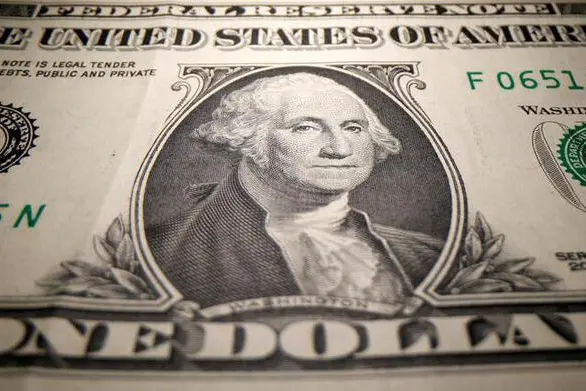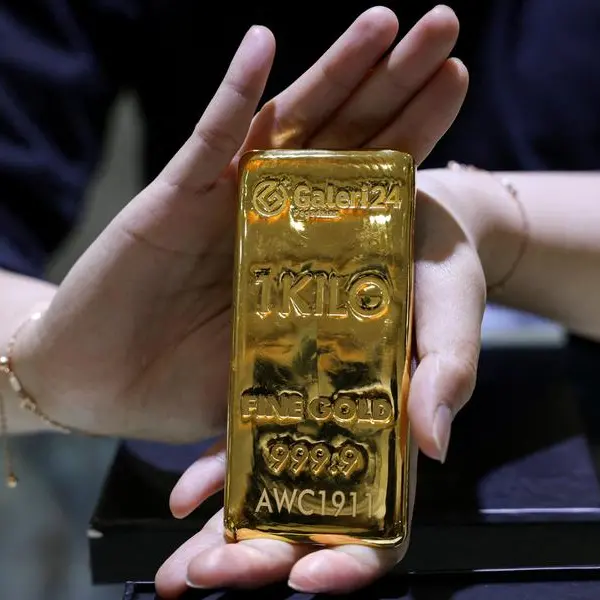PHOTO
The dollar was on the back foot on Thursday, even as the Federal Reserve kept to its hawkish rhetoric after raising rates by half a percentage point, as investors were doubtful over how much the central bank would commit to putting the brakes on growth to curb inflation.
Fed Chair Jerome Powell said overnight that the Fed will deliver more interest rate increases next year despite a possible recession in the U.S., with rates expected to peak above 5%.
That did little to sustain an initial rally to the greenback.
Against the dollar, the pound and the euro hovered near their six-month highs in early Asia trade on Thursday, after having touched those levels in the previous session.
Sterling was last 0.1% lower at $1.2415, following a 0.5% overnight gain, while the euro slipped 0.09% to $1.0673, having also risen 0.5% overnight.
The kiwi fell 0.05% to $0.6456, though it was similarly not far off the six-month peak of $0.6513 it hit this week.
Although the dollar had received a boost in the immediate aftermath of the Fed's widely expected 50 basis point rate increase and Powell's speech, it later reversed some of those gains as markets pondered the darkening growth outlook in the world's largest economy.
The 50 bp increase marked a downshift after four consecutive 75 basis point rate hikes.
Against a basket of currencies, the U.S. dollar index was last 0.02% higher at 103.68, after touching a six-month low in the previous session.
"The Fed does not want financial conditions to ease, but increasingly investors are saying: we hear what you are saying and we know what you want, but we don't believe you," said Christian Hoffmann, portfolio manager and managing director at Santa Fe, New Mexico-based Thornburg Investment Management.
Fed funds futures also show that markets are expecting U.S. rates to peak just under 5% by May next year.
Fuelling market scepticism that the Fed may not take rates to such a restrictive level as it has set out is the belief that inflation has likely peaked.
U.S. consumer prices rose less than expected for a second straight month in November, data released this week showed, with underlying consumer prices advancing by the least in 15 months.
"We doubt that the funds rate will be kept at that restrictive level for that long, and I think markets, in the reaction, probably support that view as well," said Carol Kong, a currency strategist at Commonwealth Bank of Australia. "The U.S. economy is going to deteriorate and probably contract modestly next year, and that will, in turn, encourage the FOMC to reverse course later next year."
Elsewhere, the Aussie was last 0.05% lower at $0.6860, while the dollar slipped 0.06% against the Japanese yen to 135.40.
Investors now turn their attention to rate decisions by the Bank of England and the European Central Bank (ECB) on Thursday, with both central banks widely-expected to also deliver a 50 basis point rate hike each.
"The Bank of England and the ECB face many challenges. I think their economies are really going to struggle next year," said Jarrod Kerr, chief economist at Kiwibank. "They need to be more cautious around their outlook and the simply softer economies."
Over in New Zealand, while its economy saw surprisingly strong growth in the third quarter, signs of an impending slowdown caused by high interest rates and falling housing prices are starting to appear.
(Reporting by Rae Wee. Editing by Gerry Doyle)



















